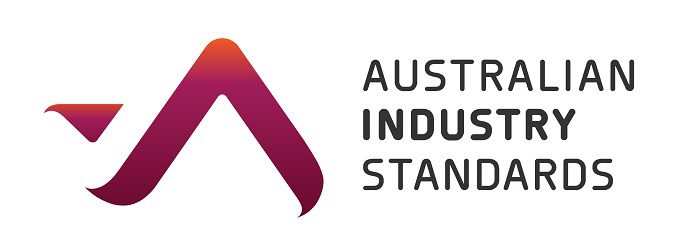The importance of the Australian supply chain in our daily life has never been more recognised than in the past two years. The recent floods and bushfires in Australia and the current pandemic highlight how the supply chain is involved in so many aspects of our life, from the food we purchase in supermarkets to the supply of materials used in manufacturing and the movement of goods and services across our nation and internationally. This is all underpinned by an invisible network of technology, data and people, all involved in planning, coordinating and implementing every aspect of such transactions. The slightest disruption can have repercussions in our lives such as the recent shortages of food, medicine, and other essential items.
Supply chains are a key cog in every business and a major contributor to our economy. The supply chain industries that Australian Industry Standards (AIS) supports (Transport and Logistics, Aviation, Maritime, and Rail) provide essential services in the movement of services, goods, and people across Australia. These industries together employ over 679,000 people across its different sectors and generated an annual revenue of over $179 billion in 2021-22.
The ongoing disruptions caused by the pandemic have caused major shifts in consumer behaviour and supply chain business operations. There has been an unprecedented increase in e-commerce and parcel movements, and consumers’ expectations are changing too. This has placed enormous strain on supply chain industries to meet increasing demands.
The pandemic has elevated the need for digital transformation and resulted in an unprecedented adoption of digital technologies and data analytics capability to deliver services and goods more efficiently and cushion the adverse impacts of COVID-19. Digital transformation has made the supply chain more resilient and agile, helping the industry to meet demands and changing customer expectations. Our research has identified six megatrends which have and will continue to impact the supply chain industry. Strategic planning and workforce development are among the keys to meeting the challenges and opportunities presented by these megatrends. The significance of training and skills development have never been more important. A futureready and agile workforce with transferable skills will enable greater workforce mobility and increased efficiency across multiple industries.
The Australian Vocational Education and Training (VET) system plays a vital role in supplying a skilled workforce and contributing to the economy. The VET system is undergoing significant reforms and will see the establishment of Industry Clusters to give industry a stronger, more strategic voice and broader role in VET. AIS strongly supports the establishment of these clusters as they enable the industry to work more closely with the VET sector to better align training skills development with employers’ needs and create a viable and skilled workforce.
Paul Walsh, CEO, Australian Industry Standards


